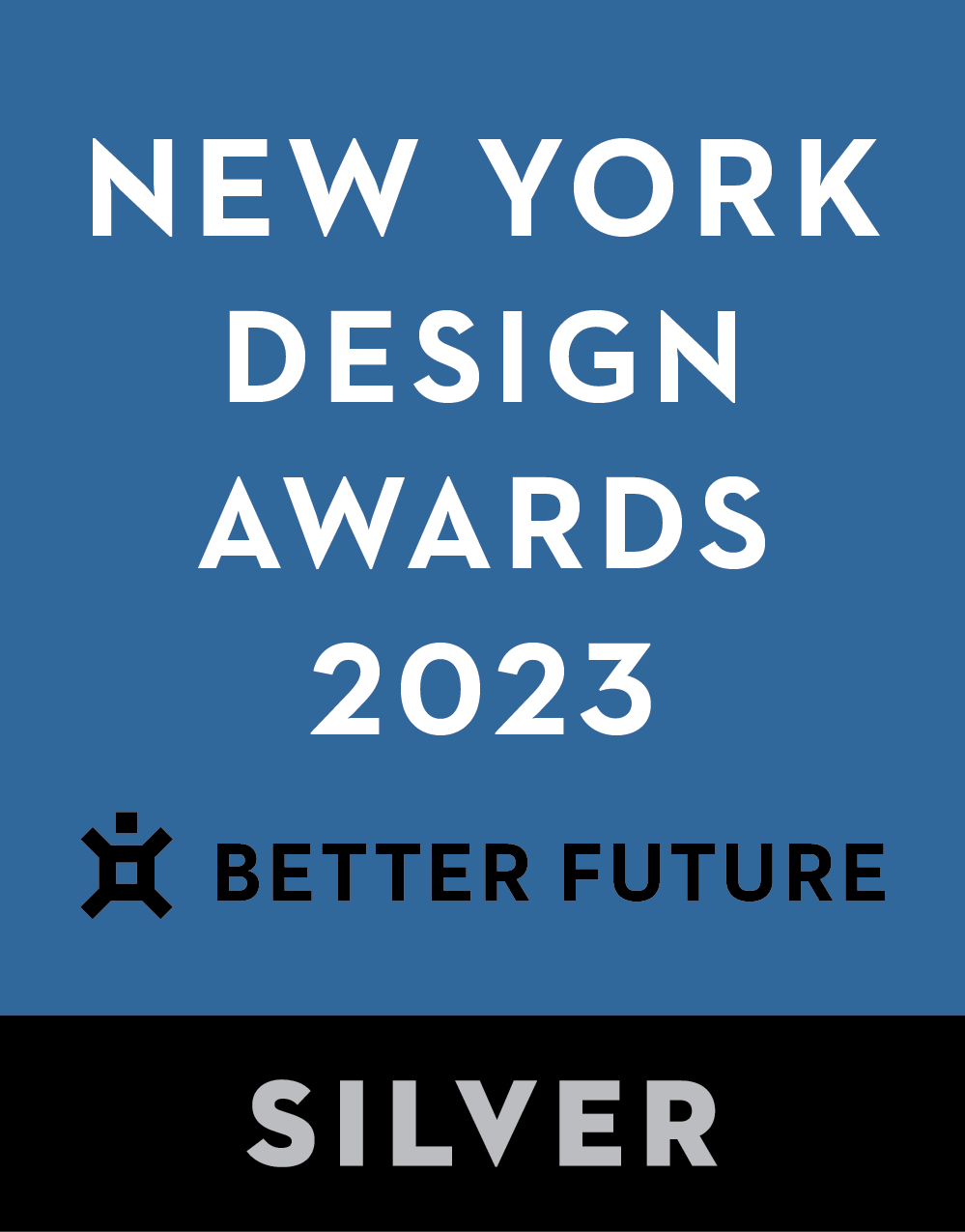Key Dates










Image Credit :

Project Overview
This project focuses on developing a residential landscape design that prioritizes sustainability and a human-centered approach to the ecological residence concept. The design includes measures such as increasing water permeability, green coverage, and implementing rainwater recycling and solar power generation to create an aesthetically pleasing environment that addresses the urban heat island effect. The project aims to achieve a NET ZERO goal. The designers have also incorporated a multi-functional landscape space that provides residents with various experiences to enhance physical and mental health, promote community cohesion and encourage interaction among the community.
Organisation
Whole Grand Development Co. Ltd.
Team
Whole Grand Development Co. Ltd., Woodland Design Consultants Co., Ltd., Huang Chun Chieh"
Project Brief
The project site, situated in Southern Taiwan and close to the Science Park, is expected to attract many technology talents in the future. As a result, the designers have incorporated green design and multi-functional area planning to create a sense of living rituals and a resort-like atmosphere. This will enable users to enjoy a leisurely and elegant lifestyle while remaining busy. Additionally, the design aims to provide residents with a safe, healthy, and vibrant living experience.
Project Innovation/Need
The project has been meticulously crafted with an eco-friendly approach, incorporating "movement", "stillness," and "thinking" as distinct themes for different sections. The building itself is centrally located, flanked by two airy spaces. The west side is a communal area that seamlessly connects with the outdoors, while the east side is a private courtyard reserved solely for residents. The designers have seamlessly blended the natural surroundings with a humanistic touch, creating a dynamic atmosphere filled with the sounds of mirth, verdant foliage and sweet scents of flora and fauna, enabling individuals to fully embrace the changing seasons and relish the beauty that lies within.
Design Challenge
The west side of the base has a special design with a "folded line pattern" that matches the base's spatial layout. This design not only conveys a humanistic philosophy but also adds rhythm and liveliness to the area with its mismatched angles. The area is flanked by ecological greenery on both sides, featuring trees that change with the seasons to create a welcoming and comfortable green forest environment for the neighbors. This provides a natural greenery to residents' lives and adds vibrancy to the environment while cooling down the city. Additionally, the zigzagging barrier-free pavement design adds fun to walking and leaves ample grassy areas for various activities. The site also features water features and landscape sculptures to enhance the artistic and humanistic qualities of the area. On the site’s eastern side, the residential atrium has a stepped plaza design that links the water-friendly space, greenery, pavilion, and children's outdoor sand pit to create an all-age-friendly living environment.
Sustainability
The landscape designer for this project is not only responsible for designing the landscape for the residents but also plans on creating a shared forest park. This park aims to create a friendly space for communication and interaction between the residents of the neighborhood and the project, thus enhancing their emotional relationship. Additionally, a variety of species are planted at the base, which creates an ecological system and forms a stepping stone that can respond to extreme climate changes. Furthermore, permeable flooring is designed to increase the permeability of the entire area, which helps control floods and manage water in the "sponge city". Water features are also installed to mitigate the urban heat island effect. All these efforts aim to achieve a sustainable environment and a prosperous community.
Landscape Design - International
This award celebrates creativity and innovation in the use of practical, aesthetic, horticultural, and environmentally sustainability components, taking into account climate, site and orientation, site drainage and irrigation, human and vehicular access, furnishings and lighting.
More Details

